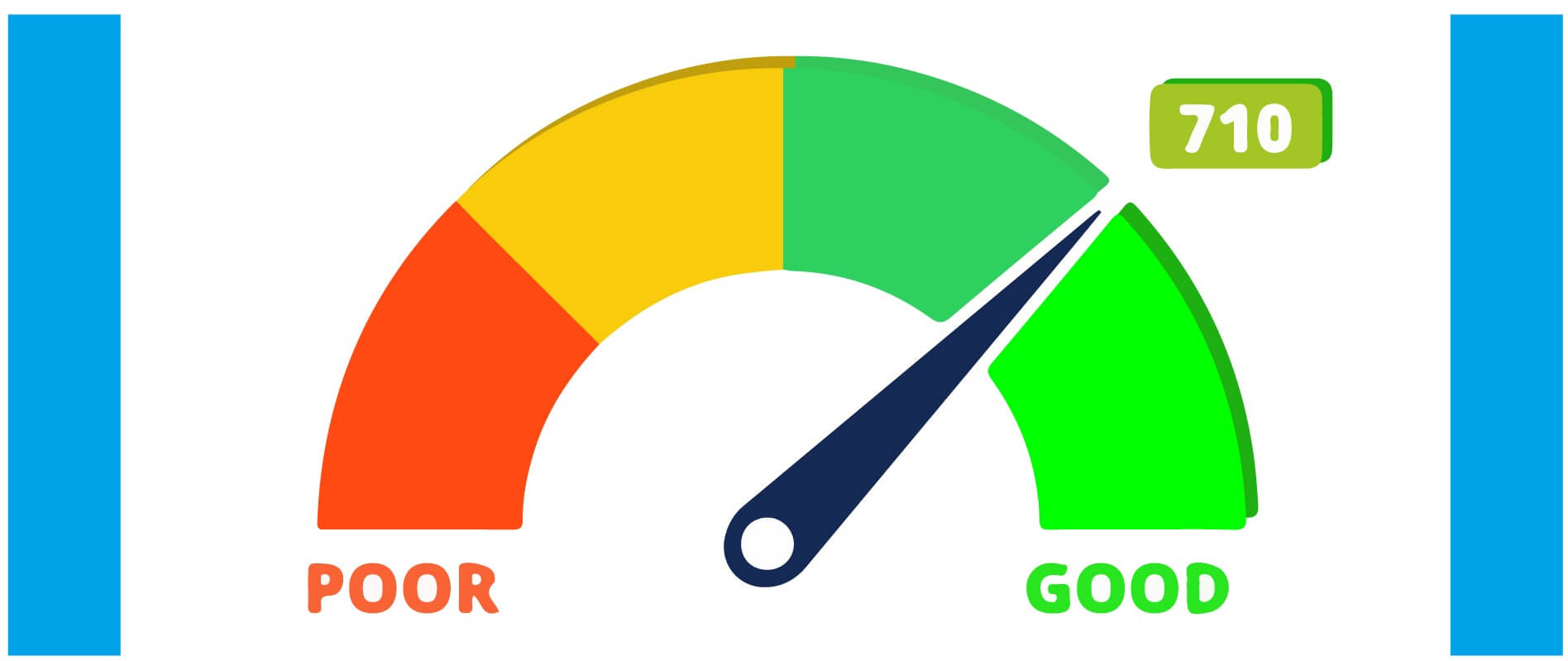Home>Finance>Ability-to-Pay Taxation: Definition And Examples


Finance
Ability-to-Pay Taxation: Definition And Examples
Modified: October 11, 2023
Learn about ability-to-pay taxation in finance and explore definition and examples. Understand how this tax principle affects individuals and businesses.
(Many of the links in this article redirect to a specific reviewed product. Your purchase of these products through affiliate links helps to generate commission for LiveWell, at no extra cost. Learn more)
Understanding Ability-to-Pay Taxation
When it comes to taxation, there are various approaches that governments use to distribute the burden fairly among citizens. One such approach is known as ability-to-pay taxation. In this blog post, we will explore the concept of ability-to-pay taxation, its definition, and provide some examples to help you better understand this important financial topic.
Key Takeaways:
- Ability-to-pay taxation is a principle that suggests tax burdens should be based on an individual’s or entity’s ability to pay, rather than simply on the amount of income or wealth they possess.
- This concept helps ensure that taxation is proportionally fair, as those with higher incomes are expected to contribute a larger percentage of their earnings compared to those with lower incomes.
What is Ability-to-Pay Taxation?
Ability-to-pay taxation is a progressive tax system that assesses taxes based on an individual’s or entity’s financial capacity to pay, rather than using a fixed rate for all taxpayers. This approach recognizes that individuals with higher incomes have a greater ability to bear the burden of taxation compared to those with lower incomes.
By implementing ability-to-pay taxation, governments aim to create a fairer system that reduces the income inequality gap and promotes social equity. This means that those with higher incomes pay a higher percentage of their earnings in taxes, while those with lower incomes pay a lower percentage.
Examples of Ability-to-Pay Taxation
Let’s take a look at a couple of examples to better understand how ability-to-pay taxation works:
- Progressive Income Tax: In many countries, income taxes follow a progressive tax system, where tax rates increase as taxable income rises. This means that individuals with higher incomes pay a larger proportion of their earnings in taxes compared to those with lower incomes. For example, in a progressive income tax system, the highest earners may be subjected to a tax rate of 35%, while lower-income individuals may only be subject to a tax rate of 10%.
- Wealth Tax: Another example of ability-to-pay taxation is a wealth tax. This type of tax is assessed based on an individual’s total net worth, including assets such as real estate, investments, and other valuable possessions. The idea behind a wealth tax is to ensure that those with significant wealth contribute a larger share to public finances compared to those with lesser means.
By implementing ability-to-pay taxation through progressive income taxes and wealth taxes, governments strive to create a fairer distribution of the tax burden and promote economic equality.
In Conclusion
Ability-to-pay taxation is all about ensuring that the burden of taxes is distributed in a fair and equitable manner based on an individual’s or entity’s financial capacity to contribute. By implementing progressive income taxes and wealth taxes, governments aim to bridge the income inequality gap and promote a more just society.
We hope this blog post has provided you with a clear understanding of ability-to-pay taxation and its importance in the realm of finance. By considering a person or entity’s ability to pay, governments can create a tax system that promotes social equity and helps to build a better future for all.














